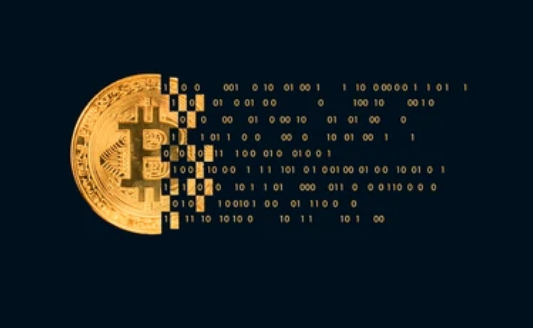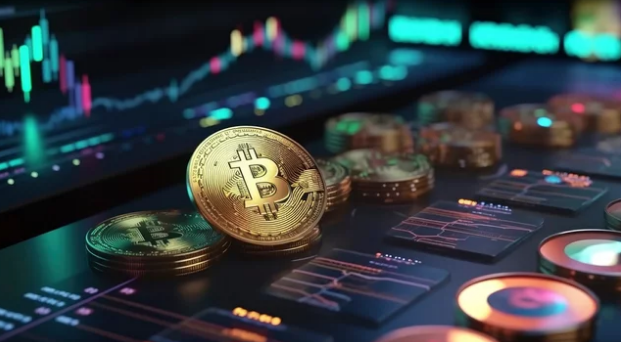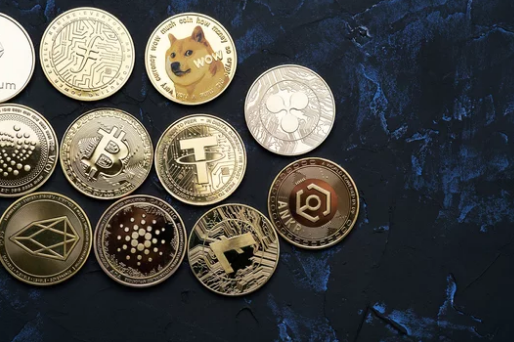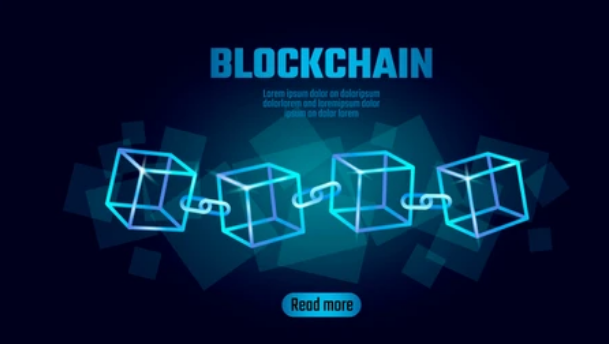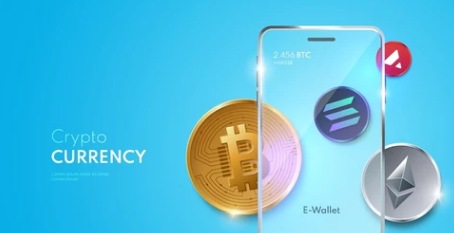In the last decade, the world of finance has undergone a seismic shift. What started with Bitcoin as a digital alternative to traditional money has now evolved into an entire ecosystem called Decentralized Finance (DeFi). Unlike traditional finance, which relies on banks, brokers, and centralized institutions, DeFi uses blockchain technology to create an open, borderless, and permissionless financial system.
From lending and borrowing to trading and investing, DeFi is unlocking opportunities that were once reserved for a privileged few. But what exactly is DeFi, why is it rising so fast, and what does its future look like? Let’s explore.
What is DeFi?
Decentralized Finance, or DeFi, refers to a system of financial applications built on public blockchains—most commonly Ethereum. These applications use smart contracts (self-executing code on the blockchain) to automate financial transactions without the need for intermediaries like banks.
In DeFi, users maintain full control of their assets through digital wallets, interacting directly with protocols that provide financial services such as:
- Lending and borrowing (e.g., Aave, Compound)
- Decentralized exchanges (DEXs) (e.g., Uniswap, SushiSwap)
- Yield farming and staking (earning rewards by providing liquidity)
- Stablecoins (cryptocurrencies pegged to real-world currencies like the US dollar)
- Insurance (smart contract–based coverage for risks)
Essentially, DeFi is about recreating the functions of traditional finance but in a way that is transparent, open, and decentralized.
Why DeFi is Gaining Popularity
The rise of DeFi is not just a trend—it’s a response to the limitations of traditional finance. Here’s why more people are turning to DeFi:
1. Accessibility and Financial Inclusion
DeFi is borderless. Anyone with an internet connection and a crypto wallet can access DeFi services, regardless of location, credit history, or banking status. This has opened opportunities for millions of unbanked people worldwide.
2. Transparency and Trust
All transactions in DeFi are recorded on a public blockchain. This ensures transparency and reduces the need for blind trust in centralized institutions.
3. Higher Yields and Incentives
DeFi platforms often provide significantly higher interest rates than banks through lending, borrowing, and yield farming. Users are rewarded for providing liquidity and securing the network.
4. Control and Ownership
In traditional banking, your funds are in the custody of an institution. In DeFi, you retain full ownership of your assets through private keys.
5. Innovation and Flexibility
DeFi projects are pushing boundaries with unique financial instruments, programmable money, and cross-chain interoperability, offering endless possibilities.
The Core Components of DeFi
To better understand the ecosystem, let’s look at the key building blocks of DeFi:
1. Smart Contracts
These are self-executing programs that run when certain conditions are met. For example, a smart contract on Aave automatically handles lending and borrowing without human intervention.
2. Decentralized Exchanges (DEXs)
DEXs like Uniswap allow users to trade cryptocurrencies directly from their wallets without centralized intermediaries. They rely on liquidity pools instead of traditional order books.
3. Lending and Borrowing Platforms
Protocols such as Compound and MakerDAO allow users to lend their assets to earn interest or borrow against their crypto holdings.
4. Stablecoins
Stablecoins like DAI or USDC bring price stability to the volatile crypto market, making them a cornerstone of DeFi transactions.
5. Yield Farming and Liquidity Mining
Users can maximize returns by moving assets across platforms that reward liquidity providers with tokens and incentives.
6. Insurance Protocols
Projects like Nexus Mutual provide decentralized insurance coverage for risks such as smart contract failures.
The Benefits of DeFi
- Borderless finance – Accessible from anywhere in the world.
- Censorship resistance – No authority can block or freeze funds.
- 24/7 markets – Unlike banks, DeFi never sleeps.
- Programmable money – Innovative financial products powered by smart contracts.
- Open-source innovation – Anyone can build on existing DeFi protocols.
The Risks and Challenges of DeFi
While DeFi is exciting, it’s not without risks:
1. Smart Contract Vulnerabilities
Code errors or exploits can lead to massive losses, as seen in several DeFi hacks.
2. Market Volatility
Crypto assets are highly volatile, which can trigger liquidations in lending and borrowing platforms.
3. Regulatory Uncertainty
Governments are still figuring out how to regulate DeFi, which could impact its growth.
4. Complexity for New Users
Navigating DeFi platforms can be overwhelming for beginners, creating barriers to entry.
5. Scalability Issues
High demand can lead to network congestion and soaring transaction fees, especially on Ethereum.
The Future of DeFi
Despite challenges, DeFi is evolving at a remarkable pace. Several trends are shaping its future:
- Layer 2 Scaling Solutions (e.g., Optimism, Arbitrum) are reducing fees and improving speed.
- Cross-chain DeFi is enabling interoperability between blockchains like Ethereum, Solana, and Avalanche.
- Institutional Involvement is growing as traditional finance players explore DeFi for efficiency and innovation.
- DeFi 2.0 is emerging, focusing on sustainability, enhanced security, and long-term value creation.
Conclusion: DeFi as the Future of Finance
The rise of Decentralized Finance represents more than just a technological breakthrough—it’s a financial revolution. By removing intermediaries, increasing transparency, and giving users direct control of their assets, DeFi is rewriting the rules of money.
While risks remain, the momentum is undeniable. DeFi is opening doors for global financial inclusion and paving the way for a system that is more open, fair, and accessible.
Whether you’re an investor, developer, or everyday user, one thing is clear: DeFi is not just the future of finance—it’s already here.
